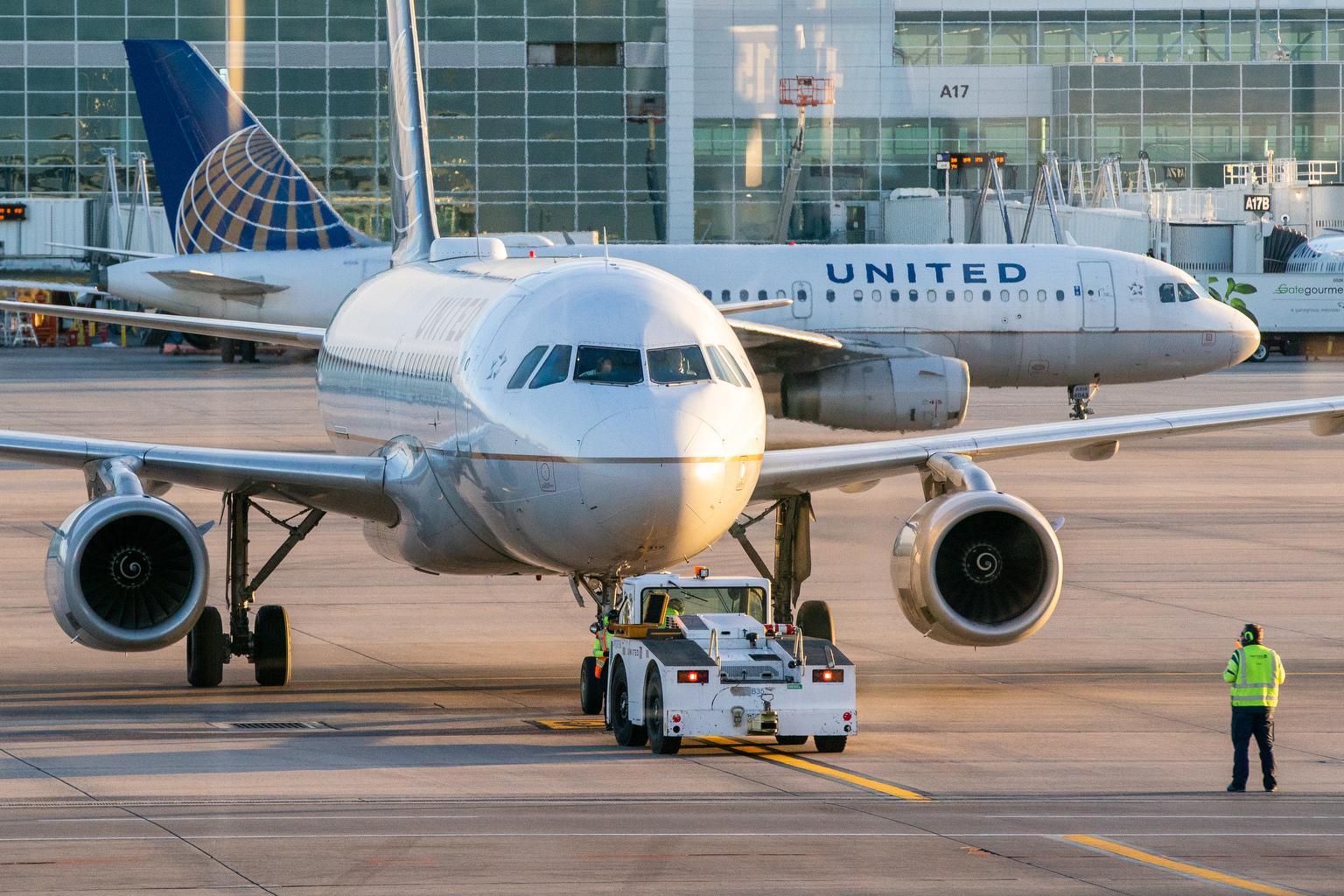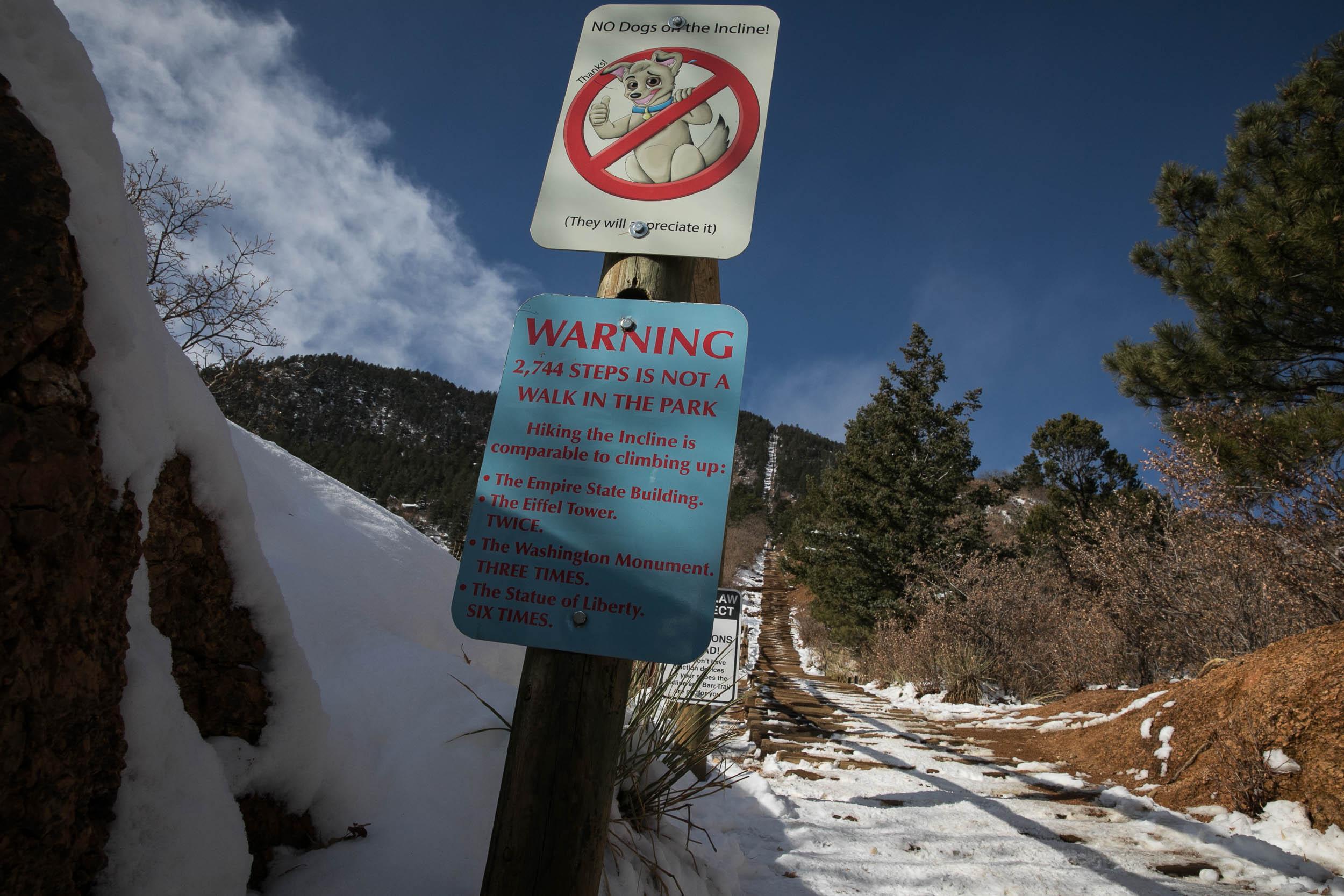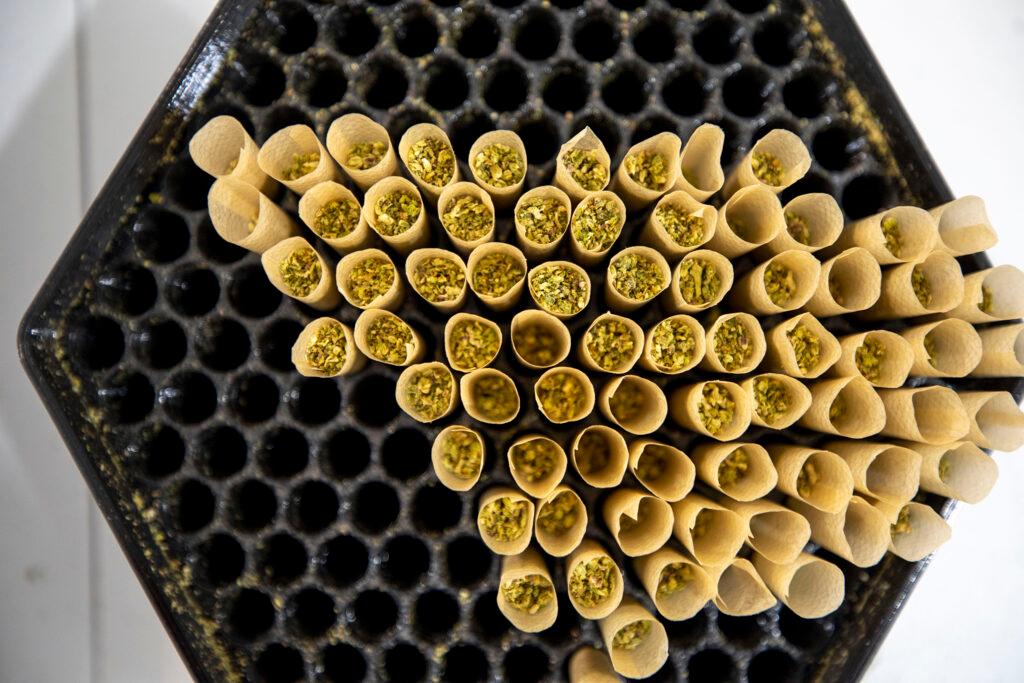
By Gene Johnson, Andrew Selsky and Michael R. Blood/AP
The email went out to legal cannabis growers around Washington state. Another of their colleagues had gone under.
“Liquidation sale,” it said. Attached was a spreadsheet of items for sale: LED grow lights for $500 apiece. Rotary evaporators for hash oil, $10,000.
Across the Columbia River in Oregon, where the state’s top marijuana regulator recently warned of an “existential crisis” in the industry, it’s an open secret some licensed growers have funneled product to the out-of-state black market just to stay afloat.
California’s “Apple store of weed,” MedMen, is teetering with millions in unpaid bills, while the Canadian cannabis company Curaleaf has shuttered cultivation operations in California, Oregon and Colorado.
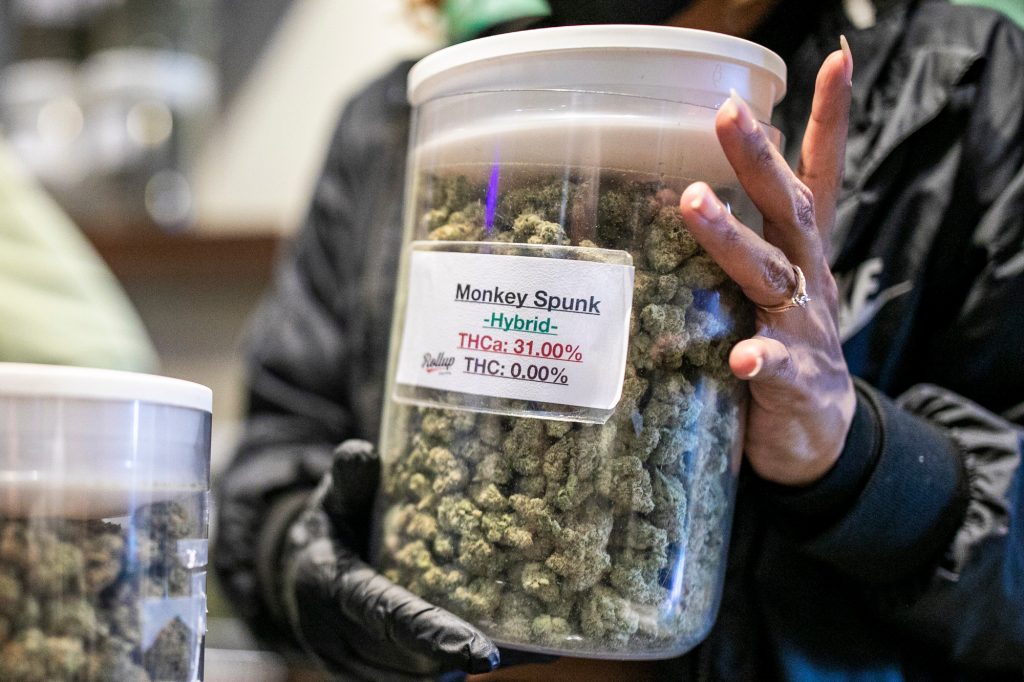
Along the West Coast, producers face what many call the failed economics of legal pot. There is vast supply, thanks to great growing conditions and a wealth of expertise, but any surplus remains trapped within each state’s borders due to the federal ban on marijuana. Prices have plunged and producers have struggled.
“I’m at rock bottom,” said Jeremy Moberg, who owns CannaSol Farms in Washington and, like many growers, complains that the state’s 37 percent cannabis tax leaves virtually no profit margin.
No one expects Congress to help out by legalizing the drug nationwide. Instead, some are pinning their hopes, however faint, on President Joe Biden’s administration approving marijuana trade among states that have regulated it.
That would allow the West Coast — with its favorable climate and cheap, clean hydropower for indoor growing — to supply the rest of the country, they argue.
In Senate testimony last month, Attorney General Merrick Garland said the Justice Department will soon announce a new marijuana policy. Drug policy experts say they do not expect it to go as far as permitting interstate commerce.
Nevertheless, lawmakers in Washington last week approved a “trigger bill” — modeled after ones already passed in Oregon and California — that will allow the governor to enter into interstate cannabis agreements should the feds allow it.
Twenty-one states have now legalized the recreational use of cannabis by adults.
How they have set up their markets has implications for how they might fare if their growers and processors are allowed to sell pot in other states.
Washington and Colorado were the first states to legalize recreational marijuana in 2012. Many of the early regulations Washington adopted to keep the Justice Department at bay — including restrictions on the size of growing facilities and banning out-of-state investment — remain.
That has helped some smaller growers thrive. But it would hamstring those who hope to compete in an interstate marketplace alongside larger, more efficient producers from Oregon or California, who face fewer restrictions.
Between the months of June, July and August for 2021, Colorado brought in more than $109 million in total taxes and fees for marijuana. But during those same months in 2022, that total was around $80 million. That reflects a 26 percent decrease from last year’s summer months, according to data from the Colorado Department of Revenue.
In Oregon, where sales began in 2015, large growers have achieved some economy of scale that could give them a leg up in a broader market — but in the meantime, the state’s oversupply is considered the nation’s worst.
“Cannabis in Oregon is like corn in Iowa,” said TJ Sheehy, an analyst for Oregon’s cannabis agency. “If you put a box around Iowa and said you can only grow corn in Iowa to sell to Iowans, you’d have exactly the same dynamic.”
The oversupply has been terrific for cannabis consumers.
When legalization started in Oregon in 2015, a pound of cannabis might have gone for $3,000 wholesale; today, it might be $100 to $150, said Isaac Foster, co-founder of Portland Cannabis Market, a wholesale distributor.
In Washington, which has some of the highest cannabis taxes in the country, the prices consumers pay are still cheaper than illicit weed. The state is raking in half a billion dollars a year in taxes.
But with such cheap prices, keeping the industry sustainable is a challenge.
With the spring planting season arriving, Moberg, of CannaSol Farms, says he already has three shipping containers of unsold weed, including 75 percent of what he produced last season.
East Fork Cultivars, one of Oregon’s first licensed growers, has thousands of pounds stashed, said co-founder Nathan Howard.
“We hope we can sell most of it to keep the lights on,” Howard said.
Oregon regulators know producers are suffering, but say they’ll be in a good position should the federal government allow interstate commerce.
Legal growers generally want to supply the legal market, rather than risk their businesses and freedom if they get caught selling out the back door. But oversupply and cheap wholesale prices have made it tough for some to survive on legal sales alone.
“They were either going to die or get creative,” said Tanner Mariani, head of sales for the Portland Cannabis Market. “And a lot of people chose to get creative and ... found a way to get it from this market into the other side and then out of the state.”
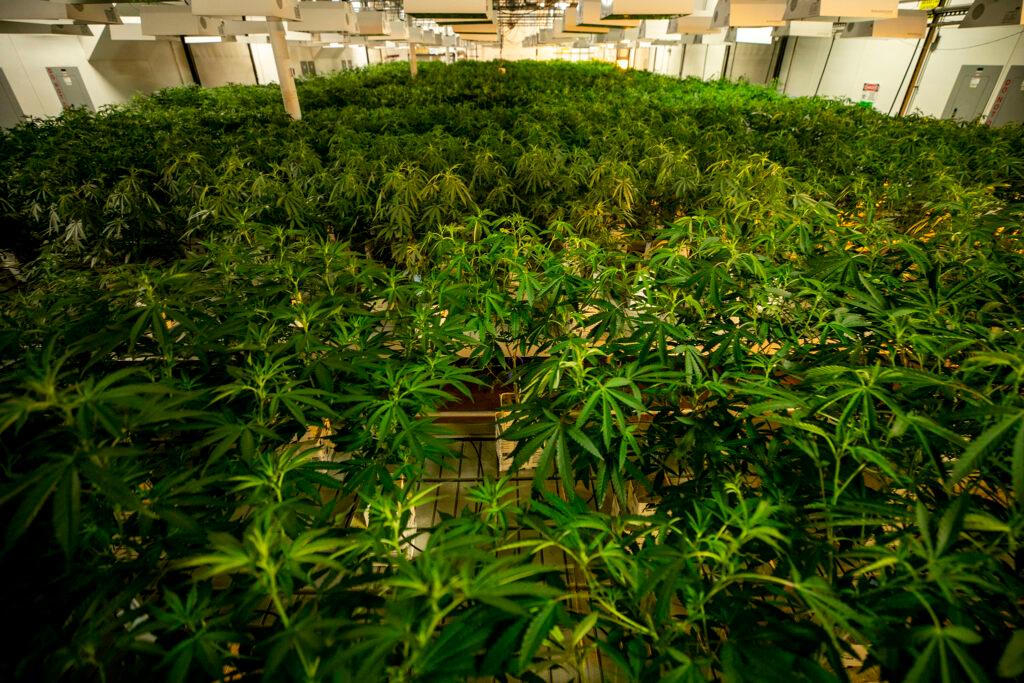
Authorities have also contended with illegal farms operating under the guise of legality — notably in Oregon, where many have been financed by foreign cartels.
In California, about two-thirds of communities don’t allow legal marijuana activity, which helps the illicit market flourish.
A post-pandemic economy ushered in layoffs in the already-strained legal sector. A glut pushed wholesale prices to fire-sale levels. As in Oregon, it’s no secret some growers have fed the black market.
An analysis by cannabis investor Aaron Edelheit determined California’s legal market lost nearly one-quarter of its total growing area after the start of 2022 — “a wipeout,” he called it.
With so many California producers going out of business, wholesale prices have started to recover.
One of the first licensees was Erik Hultstrom, who began nurturing boutique buds in a steel-gated warehouse on the fringes of Los Angeles.
Five years later, he’s sold his license and is trying to contract with a large grower to sell bud under Hultstrom’s brand.
“I don’t know any companies that are really making money,” he said.
Still, not everyone is so concerned. Rob Sechrist, of the cannabis-only lender Pelorus Equity Group, described the market tumult as typical for an emerging industry.
“Every time somebody fails, market share goes to somebody else,” Sechrist said.
Indeed, cannabis distributor Nabis is opening a massive warehouse southeast of Fresno this month.
Some growers have found a happy medium.
Indoor producer Doc & Yeti Urban Farms, in Tumwater, Washington, has about 100 regular retail-store customers, said co-founder Joseph DuPuis. Brand loyalty has helped his team of 13 survive and profit.
“If you can withstand the storm, you have a chance to come out to calmer seas and survive in this market,” DuPuis said.



